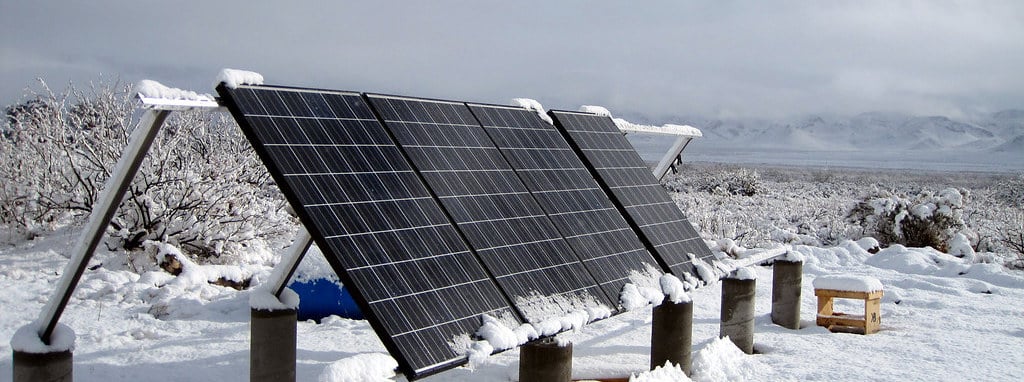
Solar panels are a great way to save on your energy bill, but can you use them in the winter with very little sun?
The answer is yes! Solar panels work by converting sunlight into electricity, and they can do this even when there is snow on the ground. However, you will need to have enough sunlight during the day to generate enough power. If you live in an area with long winters and short days, you may want to consider investing in a backup power source such as a wind turbine added to your system.
Solar panels are a type of renewable energy technology that can be used to generate electricity.
Solar panels work by absorbing sunlight and converting it into electrical energy. The most efficient solar panels are Monocrystalline which can convert daylight into electricity, even on a cloudy day. However, you will not get as much power generated as you would on a clear summers day. Monocrystalline panels can also convert other forms of light into electricity, including infrared light. This means that they can still produce electricity on cloudy days or in shaded areas.
During the winter, the sun hangs lower in the UK sky, providing less daily hours of sunlight. You may want to maximise the hours of captured sunlight by moving your solar panels to a place that has all day sunlight, from the crack of dawn to dusk. You can use 6mm AWG10 extension cables up to 15 metres (available here) which should give you ample distance to move your solar panels to a good enough place during the winter to catch as much sunlight as possible.
Adding a second panel is also another option, a lower wattage, for example, if your solar generator has a maximum input of 100watts and you already have a 100watt solar panel connected but is covered by the shadow of your house in the middle of the day, add a second lower wattage panel. As the sunlight is weaker in the winter, the second panel could be placed in an area that catches sun when your main panel is under a shadow, decreasing the chance of overloading your solar generator. If a generator has a maximum input of 100watts, chances are you are only getting around 60watts at peak from a 100watt panel, so adding a second 50watt panel is safe.
During the winter, to generate solar power from the sun, it is all about the quality and quantity of your solar panels and the placement to catch as much daylight as possible. Infrared and UV light passes through clouds, so a good Monocrystalline solar panel will still absorb energy and provide you with green, free, electricity.

